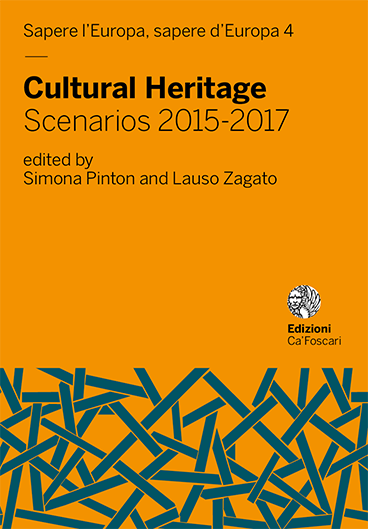- search 507 views
- file_download 29 download
- keyboard_capslock metadata
-
mark_email_readIscriviti alla newsletter
An Evergreen Lesson in Cultural Heritage: Ruskin, Tintoretto and the Scuola Grande di San Rocco
abstract
John Ruskin was a writer on a wide variety of subjects, notably art, architecture and questions of social justice, which he always saw in relation to one another. His book The Stones of Venice (1851-53), associates the skill of the medieval Venetian craftsman, his attention to natural forms and his care for his material, with Christian humility in the face of God’s work. The quest for beauty was an ethical matter and art reflected the society that created it. Ruskin had been led to the study of Venice by his discovery in 1845 of the then-neglected painter, Jacopo Tintoretto, whose work in the Scuola Grande di San Rocco overwhelmed him. Tintoretto was not, of course, a medieval artist, but Ruskin believed he was trying to maintain the values of medieval Venice against the pressures of a decadent era. Moreover, Tintoretto had been working for an institution that combined care for art with social responsibility. This paper argues that, when in 1871 Ruskin founded a utopian charity called the Guild of St George, he had the Venetian scuole in mind. ‘Guild’ served as a rough translation of scuola. By this time, he was much preoccupied with Vittore Carpaccio and his work for the Scuola di San Giorgio degli Schiavoni as well. St George is the patron saint of England and Carpaccio’s painting of him at war with a fire-breathing monster provided Ruskin with a perfect image of his struggle against the dragons of industrialisation and ruthless competition.
Keywords: Guilt • Social justice • Ruskin • Tintoretto
permalink: http://doi.org/10.14277/6969-052-5/SE-4-34
